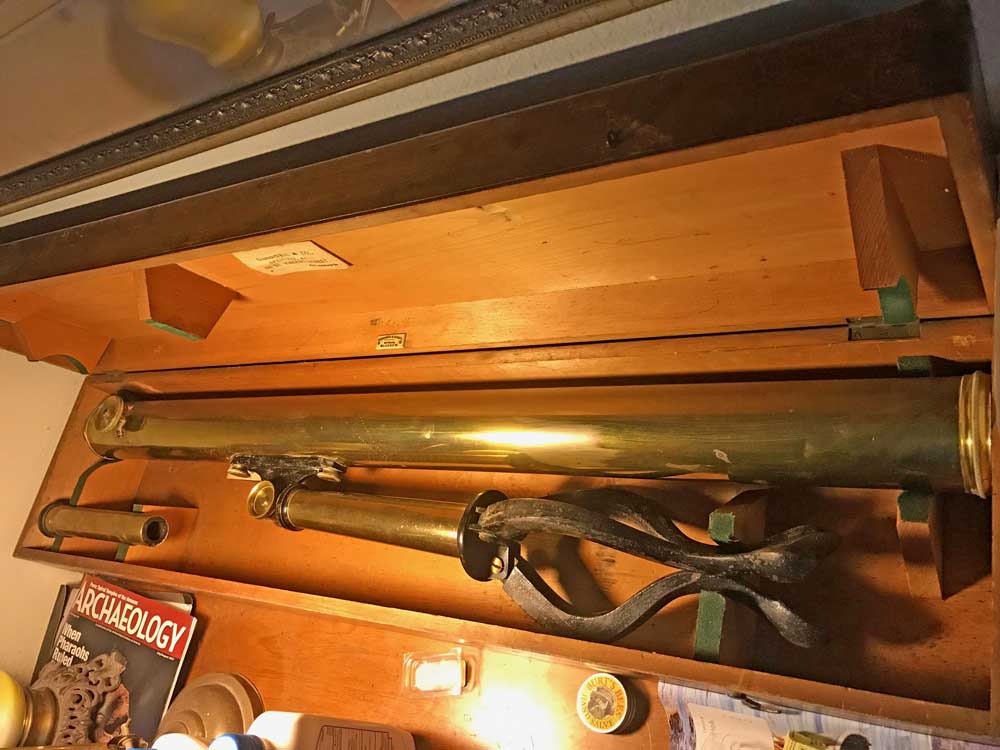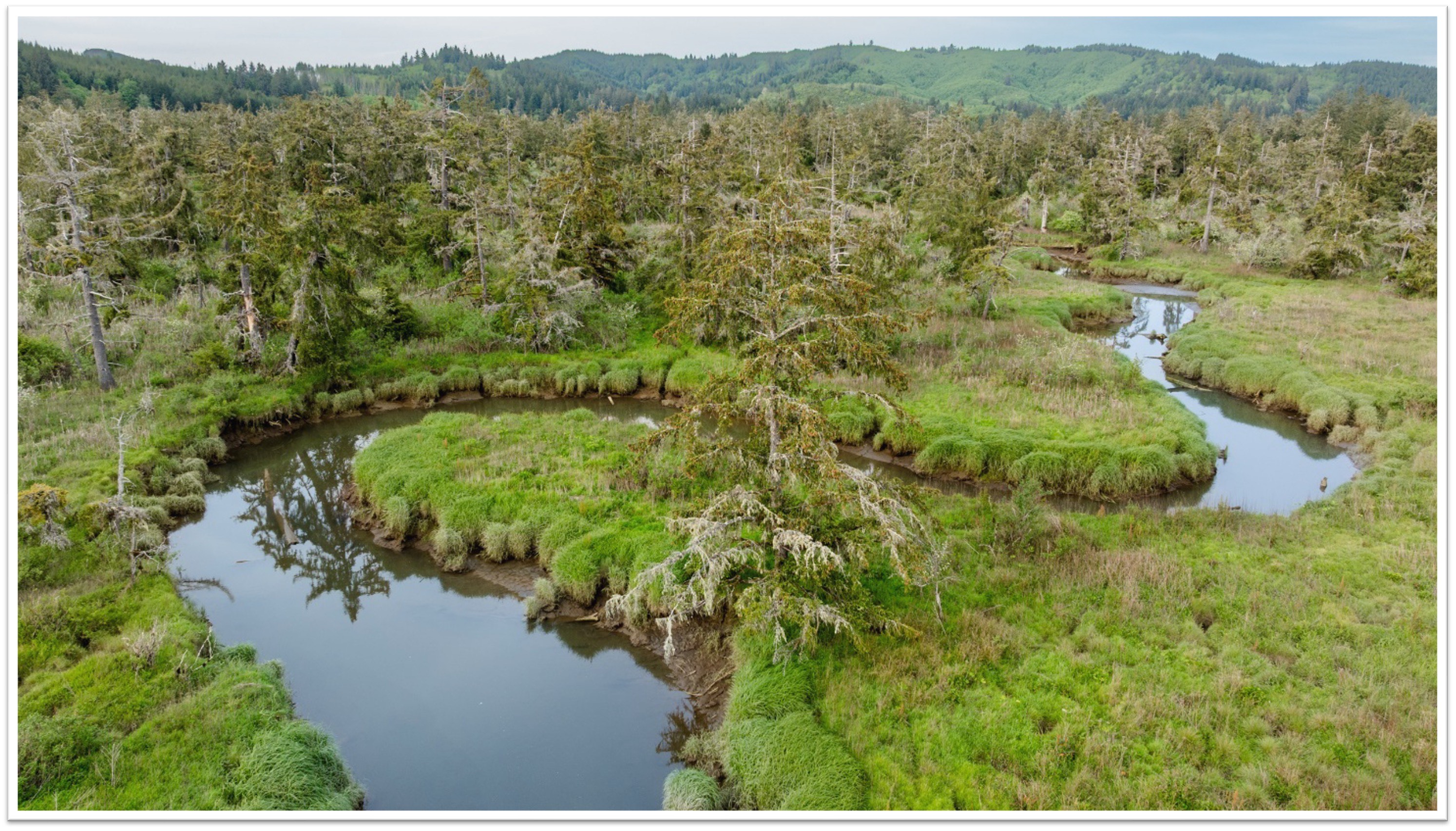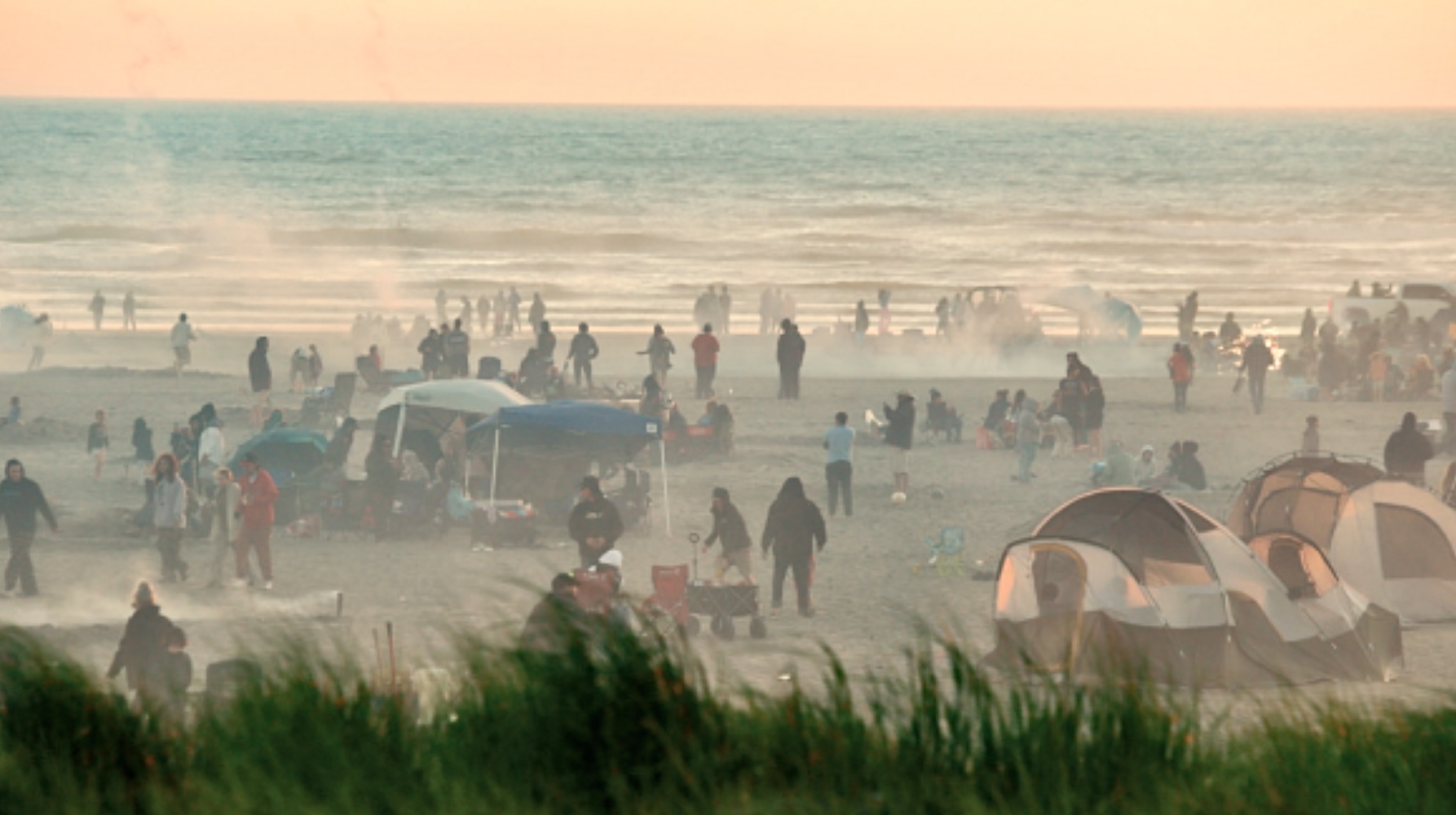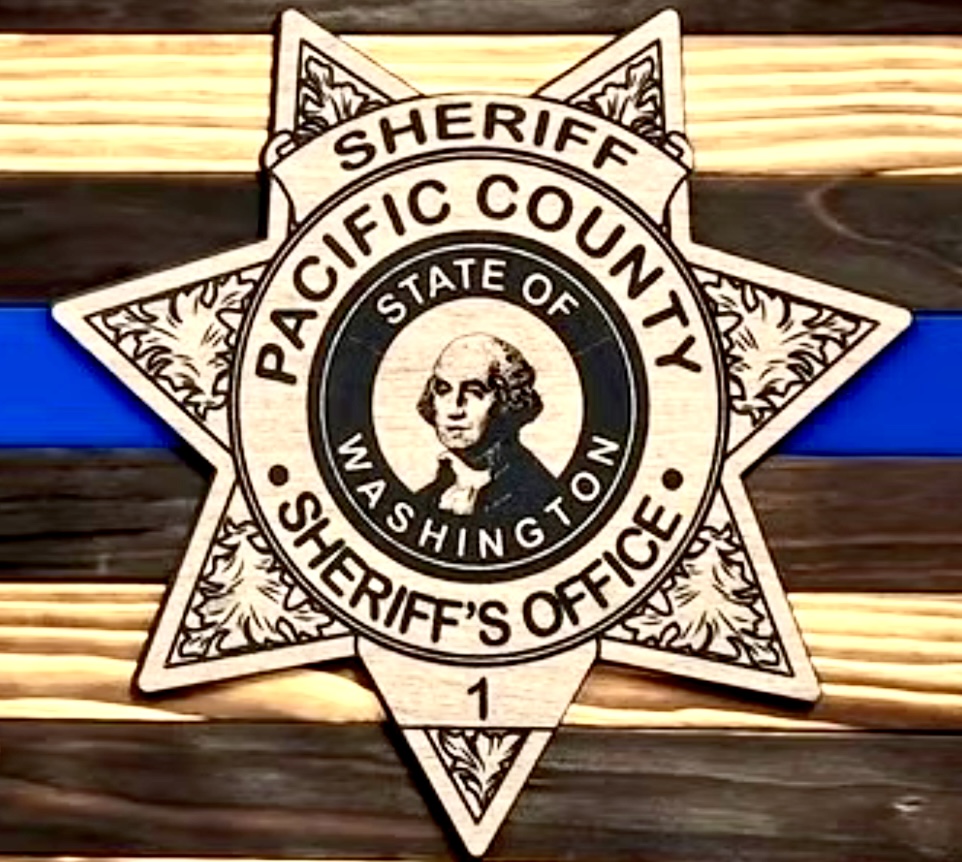Pacific Northwest eclipses illuminate solar system’s mysteries
Published 10:30 am Tuesday, July 11, 2017

- This 19th century telescope includes a specialized lens for looking at the sun.
After sunrise on July 18, 1860, the sky west of the mouth of the Columbia turned back to night, as if a cavern was opening between this and a darker world. Soon, all around, there was an “unearthy ghastly glow.”
The 498 whites in Clatsop County and Pacific County’s 406 — along with hundreds of equally human Native Americans the 1860 Census didn’t deign to count — would have witnessed something like the following as a total eclipse formed offshore and began racing halfway around the planet:
“The western horizon was lost in darkness, and the conical hills to the north-north-west were invisible, while the clouds toward the east sent forth a bright glow of light, from the sun shining on their fronts. At this moment bright waving lines of light flickered one after another over the ground parallel to my line of sight with the sun. On looking upward from these I found the sun had already disappeared, and that I had missed the formation of the corona. The black circle of the moon was already surrounded by this crown of glory; two stars shone brightly a few degrees from the sun, and so magnificent was the spectacle above, as glorious as the spectacle below, that I could not help looking a few moments from the one to the other. A bright light, I think of a greenish-yellow colour, skirted the horizontal sky, and the banks of cumuli shone with a brilliant glow. The darkness was not intense; the light from the corona and the distant refractions far surpassed the brightest moonlight …
“Though much occupied with these observations, the impression produced by the total eclipse is one which can never be effaced from the mind.”
Described in Tedula, Spain, by University of Dublin teacher R.A. Thompson, this very eclipse began over the ocean just southwest of Cape Disappointment. It ripped across North America — mostly through unpopulated areas of Canada including Hudson’s Bay — over the Atlantic and through Spain and Northern Africa before evaporating three hours later into nothingness above the Red Sea.
Totality — the time the sun’s disc was completely covered by the moon — lasted one minute and 46 seconds in Astoria and Ilwaco. But this deepest shade also extended north and south; Oysterville’s 1860 total eclipse lasted a minute and 29 seconds, for instance. The New York Times described it as “a black belt seventy miles wide, traveling at the speed of 1,850 miles an hour, or four times the velocity of a cannon-ball!” It took 51 seconds for the center of the moon’s shadow to pass over Washington Territory, a dark angel in silent flight.
If anyone in these parts made their own eloquent observations, I haven’t found them. Perhaps it was a foggy gray morning and folks only commented, “Gosh, even gloomier than usual today!”
The eclipse of July 29, 1878, began near Mongolia and arched over Southwest Alaska before petering out east of Cuba. It wasn’t total in our area — around the Columbia estuary about 85 percent of the sun’s surface was covered. But it appears to have made a keen impression.
Two different local salmon canneries soon began using “Eclipse Brand” labels — one like a giant black melanoma and the other a celestial waltz between sun and moon above the Shoalwater Bay wilderness.
Up in the Olympic Peninsula town of Queets where the sun was 89 percent shrouded, a Quinault Indian quoted in the book “Coquelle Thompson” recalled, “The old people made all the noise they could. They got on top of their houses and pounded on the roofs with sticks. They shouted, shot off their guns, and beat on their drums.” It was thought the racket would scare away whatever demon was eating the sun.
Elsewhere in the country the 1878 eclipse ignited an almost equally frenzied reaction — by scientists. It was the stuff of legend when I was growing up in Wyoming, having attracted 31-year-old Thomas Edison to the territory. As school kids we were taught he realized how to make a long-lasting light bulb filament when a bamboo fiber curled up from his fly rod and snagged his imagination.
Sadly, this “light bulb invented while trout fishing” story is untrue. But the celebrity inventor of the phonograph did in fact come west to the Union Pacific Railroad boomtown of Rawlins, Wyoming as a guest in a scientific expedition led by astronomer Henry Draper.
Edison managed to find a shared hotel room, where his first night was interrupted by an ardent fan.
“After we retired and were asleep a thundering knock on the door awakened us,” Edison recalled years later. “Upon opening the door, a tall, handsome man with flowing hair, dressed in Western style, entered the room. His eyes were bloodshot and he was somewhat inebriated. He introduced himself as ‘Texas Jack’… and he said he wanted to see Edison as he had read about me in the newspapers.”
During the precious minutes of the eclipse, Draper’s efforts to photograph the sun’s corona succeeded, a major research coup for the time. Edison’s attempt to measure any eclipse-related change in air temperature failed.
My first partial solar eclipse was on July 20, 1963. Already a little science nerd at age 5, two things stuck with me:
• Daddy thoroughly warned that looking at the sun, even partially eclipsed, would burn my eyes out. Recently given a magnifying glass I used to burn holes through scraps of paper and — may their gods forgive me — a few hapless ants, I could easily picture the sun punching tiny smoking craters into the backs of my eyeballs. This image still flashes through my mind whenever sitting at Ilwaco’s lone traffic light on September mornings, the rising sun crouched straight ahead like a waiting archer aiming at its prey.
When buying a telescope 40 years ago that may have been built for or inspired by the 1878 eclipse, I was partly sold by its specialized “sun lens” — blackened in such a manner that the sun and its spots may be “safely” observed.
• The genuinely cautious way to monitor progress of an eclipse is to create a simple camera-like device. Using a pin to make a hole in a stiff piece of cardboard, you hold it between the sun and a sheet of paper, adjusting the distance between the two until a sharp circle of light is formed on the target. Even after half a century, I recall a fast-growing bite forming in that glowing cookie of light. It was a convincing demonstration of interconnectedness — our solar system as living thing, humans as beings of the sun, illuminating it with our understanding.
The coming eclipse on the morning of Aug. 21 won’t be total here at the mouth of the Columbia, but will come as close as most of us will ever experience. NASA’s convenient online tool (tinyurl.com/Eclipse-Calculator) says the sun will be nearly 97 percent covered here. The remaining 3 percent will still be enough to damage eyesight, and our newspapers will contain ample advice on how to observe the eclipse. Three percent also is likely to make the corona — the sun’s frizzy Einstein hair — invisible to us. And we’ll be spared the throngs expected along the path of totality that begins between Newport and Lincoln City.
I hope many locals will take the morning off to watch from atop Saddle Mountain or some other promontory. Take your kids. Scream and shout. Save our sun from the monster.





